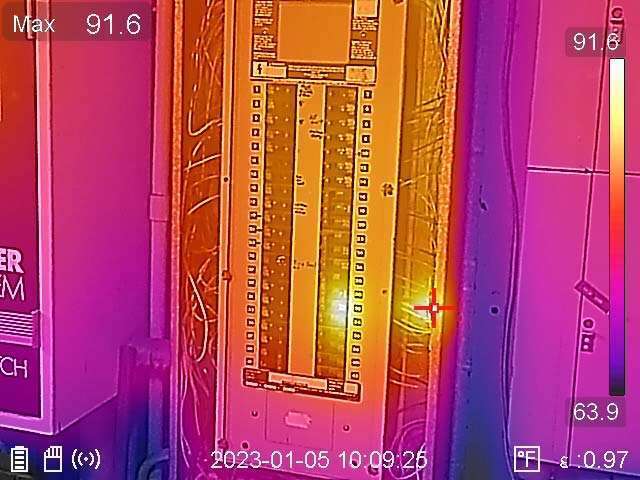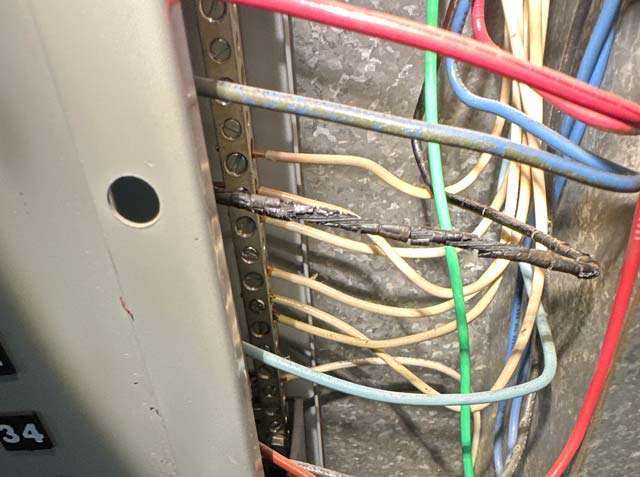Steps Inspectors Take In Columbus, Ohio To Check The Electrical System
The electrical system in a property must be thoroughly inspected, not just to ensure that it functions correctly but also to ensure that it is safe. You should know that the electrical system is the most hazardous of all home systems. Electrical system problems can lead to fire accidents, property damage, injuries, and even deaths.
The most crucial component of the electrical system assessment is the electrical panel. It is the point where power enters the house and is distributed throughout the building. Electrical inspections are a standard building maintenance aspect for any structure with electrical wiring. Home Inspectors will search for any signs of hazards or deterioration.
Home & Commercial Inspections begin electrical inspection in Columbus, Ohio by checking the wires entering the electrical panel from outside the house. We ensure the connection is firmly attached to the house and take note of anything obstructing the wiring. Visible wiring should be in good shape, insulated, and have no exposed metal. We carry out electrical inspections based on the ASHI Standard of Practice.
Home & Commercial Inspections will ensure that the raceways, cables, and other parts are in good shape and not damaged. Additionally, we will check the functionality of each overcurrent protection device. We check the installation to ensure it is safe and done correctly. We check for the following:
- Cables.
- Service grounding.
- Conductors.
- Raceways.
- Service drop.
- Service entrance conductors
- Service equipment and main disconnects.
- Interior components of service panels and subpanels.
- Conductors.
- Overcurrent protection devices.
- A representative number of installed lighting fixtures, switches, and receptacles.
- Ground fault circuit interrupters and arc fault circuit interrupters
Additionally, we will check that the wiring, insulation, and wire splices are all in good condition.

Home & Commercial Inspections Electrical Inspection Step by Step Checklist:
- All electrical enclosures are appropriate for the environment they are exposed to.
- Electrical boxes, breaker panels, and electrical disconnects are in good repair and without obvious physical damage.
- All breaker spaces in breaker boxes that are not being used are effectively covered.
- Service cable and main disconnect are sized appropriately.
- Distribution breakers and distribution wires are size appropriately.
- Distribution system is appropriately grounded
- Evaluate the neutral bus connections for proper termination.
- Evaluate the breaker bus bar and terminal connections for overheating and overloading.
- All pull boxes and junction boxes have their covers securely in place.
- All circuit breakers and electrical disconnects are labeled with the equipment or branch circuit they control.
- All rigid conduits are in good repair and securely attached to the building structure and the boxes they enter. All wires either end or are connected inside of a closed electrical box.
- All unused openings in the top, sides, and bottom of electrical boxes, breaker panels, electrical disconnects, pull boxes, and junction boxes are closed or sealed.
- There is clear and easy access to all breaker panels and electrical disconnects, and there is proper clearances around these fixtures.
- Use a thermal camera to detect any thermal anomalies, overloaded circuits or loose connections.


